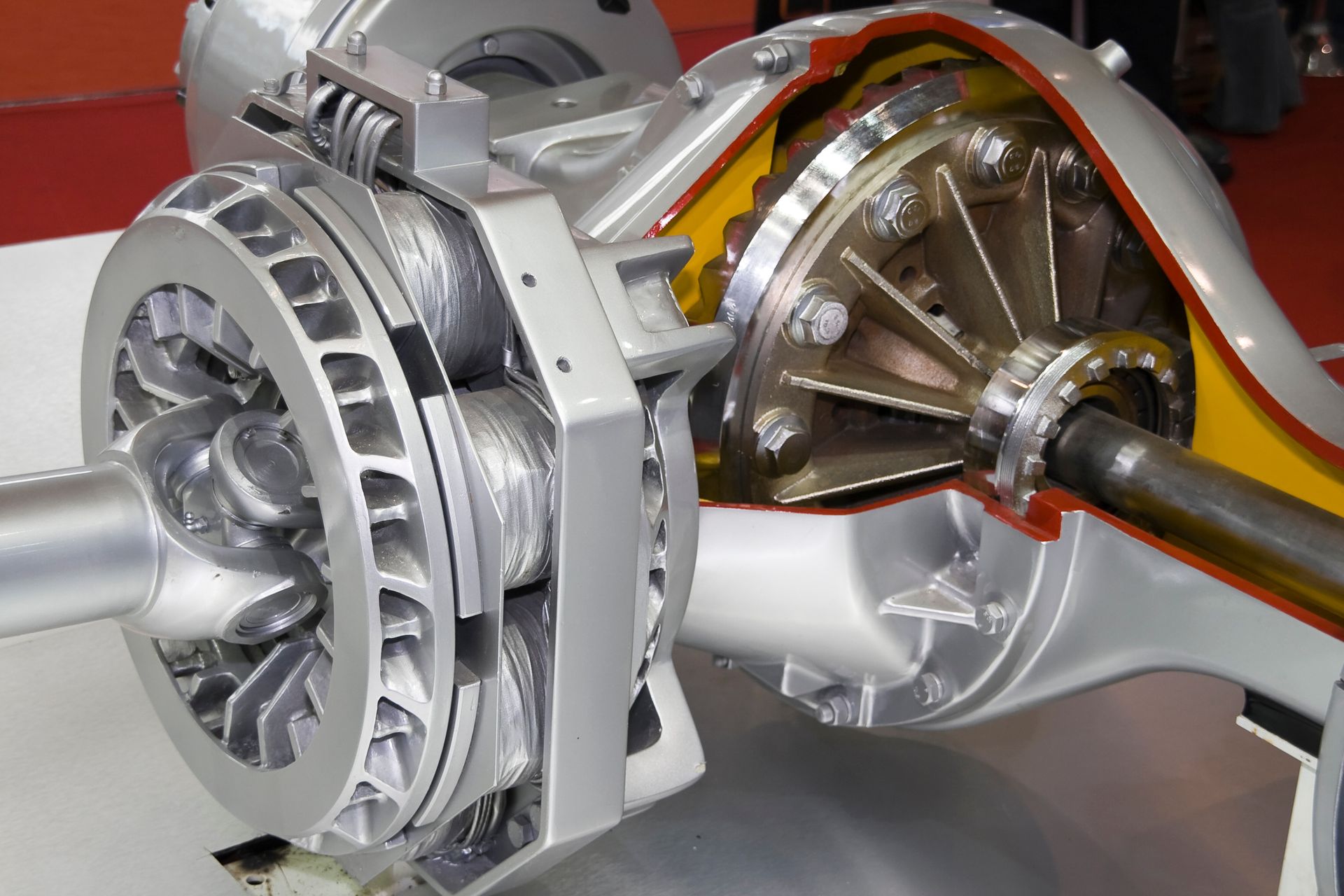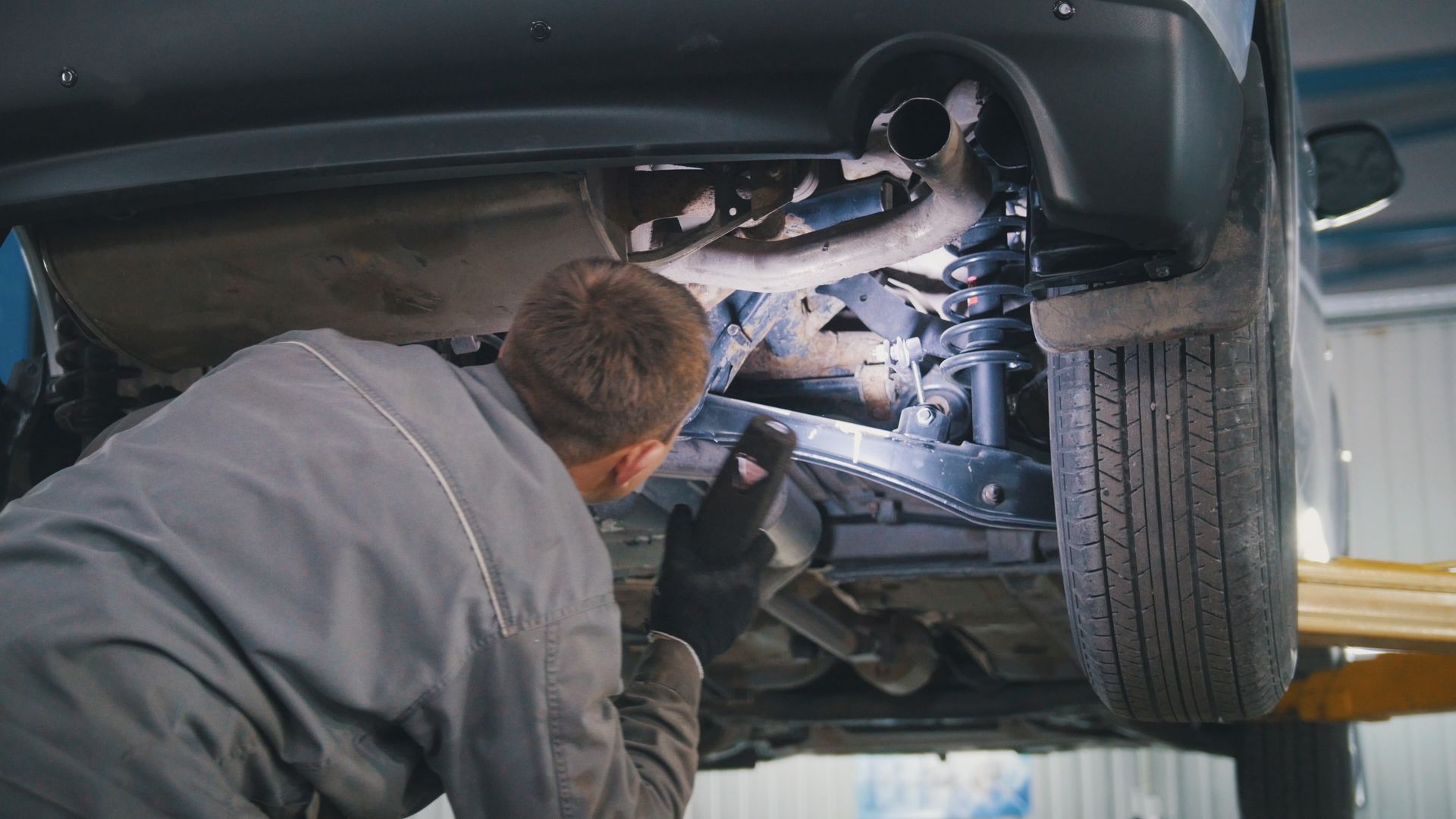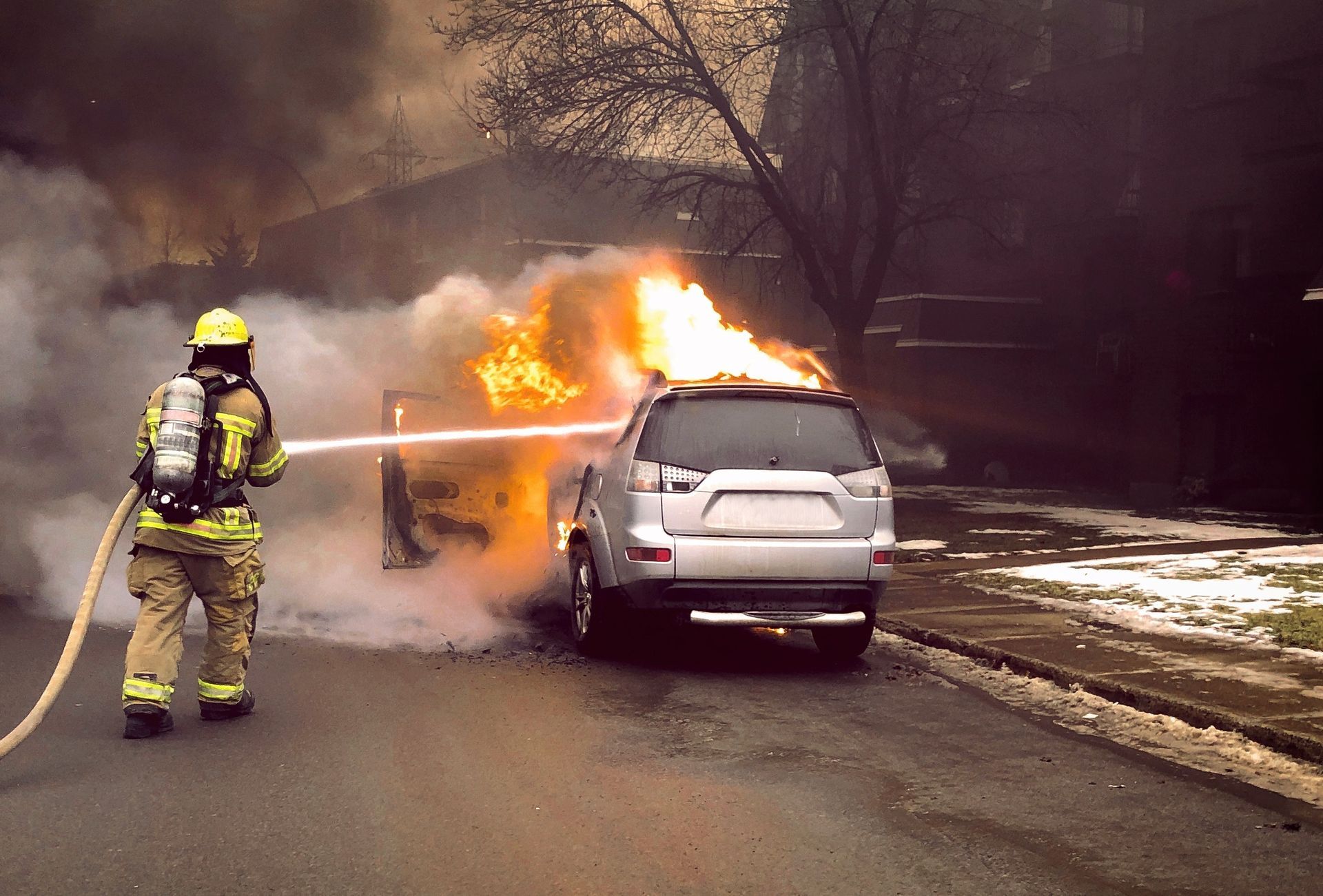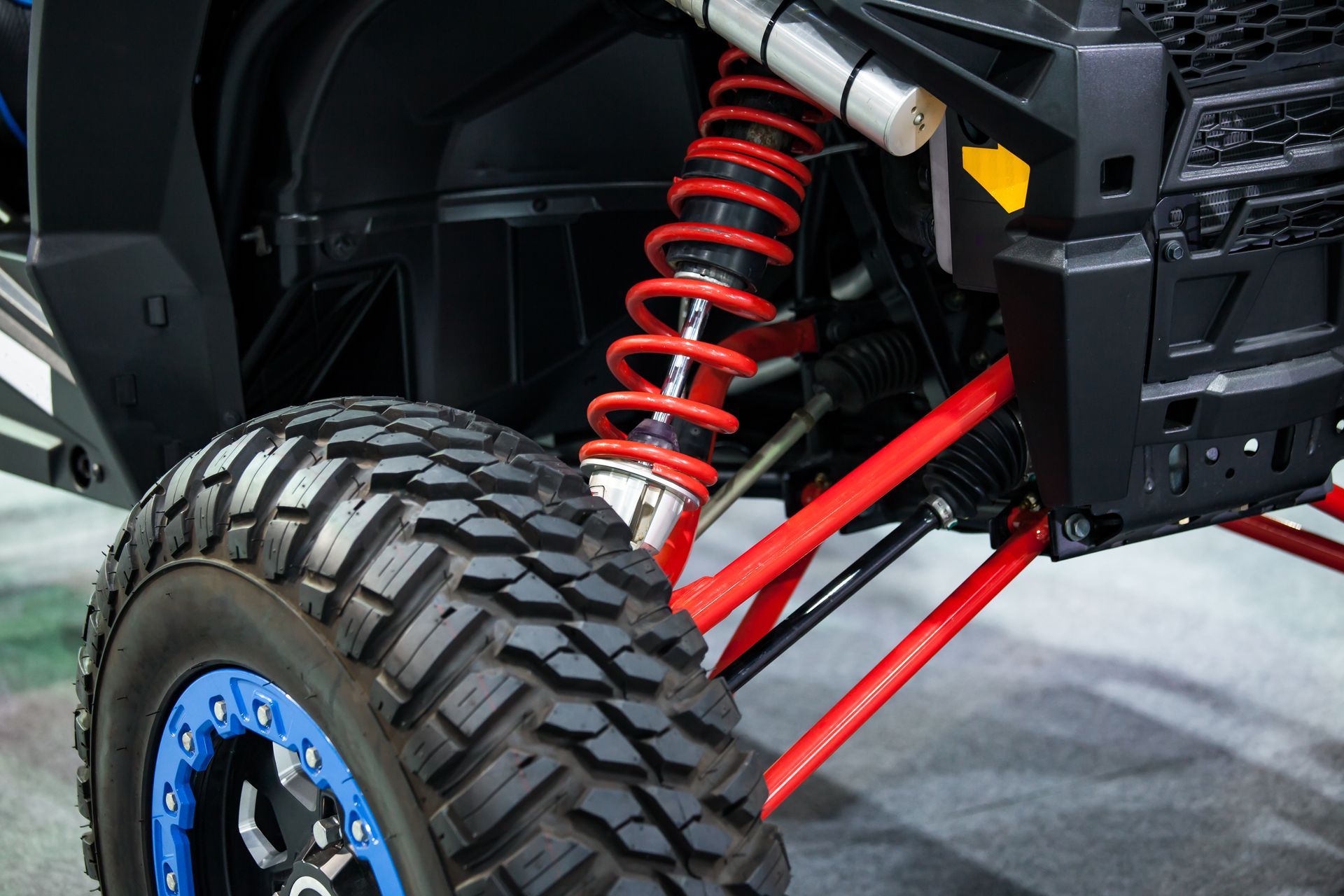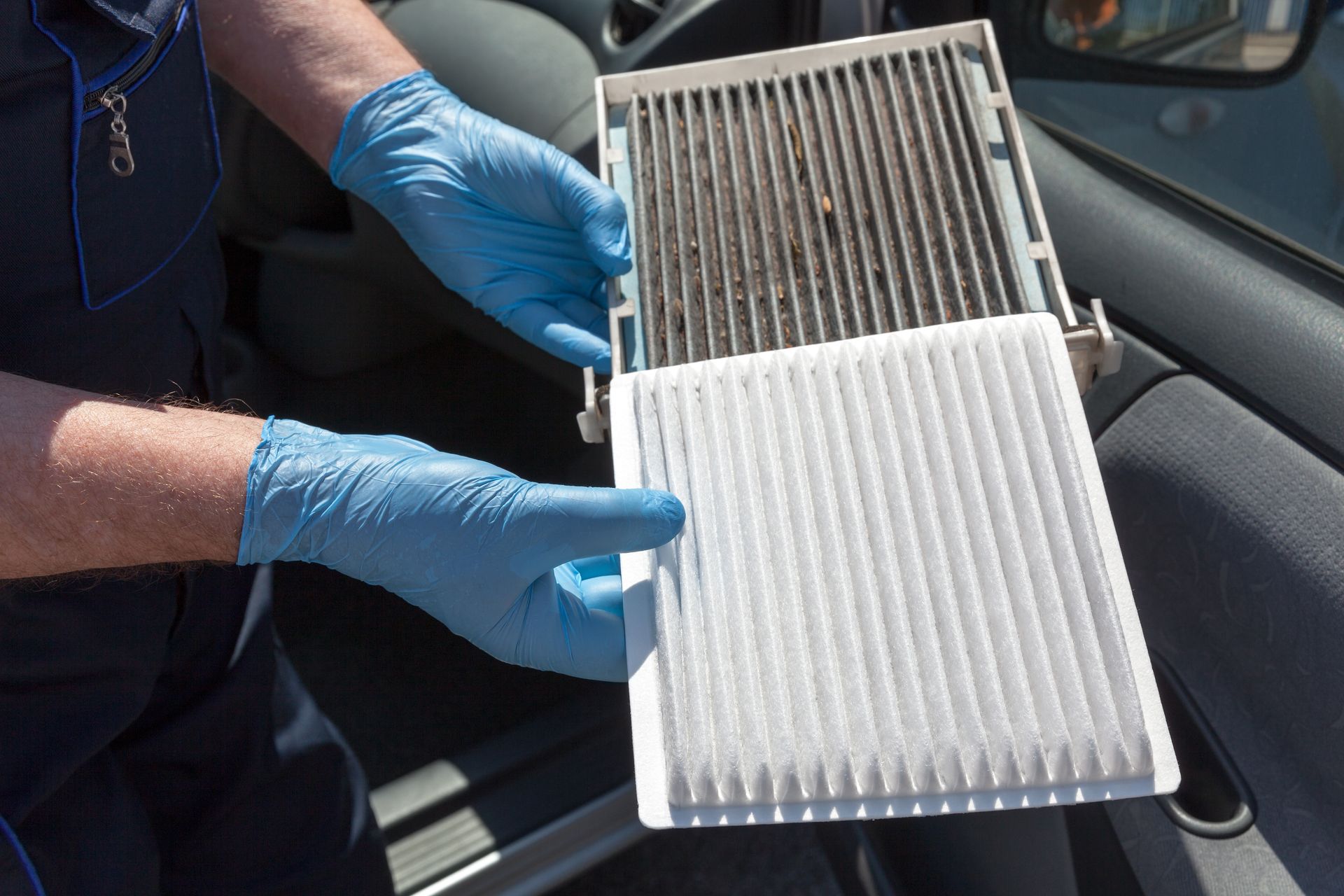Ensuring your child's safety in the car is a very important parent responsibility. A properly installed child car seat can make a world of difference in the event of an accident, reducing the risk of serious injury. Yet, many parents unknowingly install these seats incorrectly, compromising their child’s protection. Don’t worry—getting it right isn’t as difficult as it may seem. With a little guidance, you can feel confident that your child is secure every time you hit the road.
Choose the Right Car Seat for Your Child's Age and Size
Before diving into installation, the first step is selecting the correct car seat. There are several types of car seats available, and the one you choose should match your child’s age, weight, and height. Infant car seats, convertible car seats, and booster seats each serve a different purpose and offer various levels of protection depending on your child's growth.
Infants, for instance, should always be in a rear-facing car seat, as this position offers the best protection for their delicate necks and spines. Older children, once they outgrow their rear-facing seat, can transition to a forward-facing one with a harness, and eventually a booster seat when they're big enough for seat belts to fit properly.
Read the Car Seat Manual and Vehicle Manual
You’ve chosen the right seat—great! But before you even touch the seat belt or LATCH system, take a few minutes to read both your car seat’s manual and your vehicle’s manual. These instructions provide vital information specific to your car and seat model. Many parents skip this step, which can lead to improperly installed seats. Each car and seat is different, so it’s essential to follow the manufacturer’s guidelines to ensure everything fits snugly and securely.
Use the LATCH System or Seat Belt
When installing your child’s car seat, you have two main options for securing it: the LATCH system or the seat belt. Both are equally safe when used correctly, but you should only use one method at a time.
LATCH Installation
Most vehicles manufactured after 2002 come with the Lower Anchors and Tethers for Children (LATCH) system. This system makes it easier to correctly install car seats by using built-in anchors rather than the car’s seat belt. Locate the lower anchors between the seat cushions and attach the car seat’s connectors to them. Ensure the seat is tightly secured by pulling on the straps, removing any slack. When properly installed, the seat should not move more than an inch in any direction.
Seat Belt Installation
If your car doesn’t have the LATCH system or you prefer using the seatbelt, that’s okay too. Simply thread the seatbelt through the car seat’s designated belt path and buckle it in. Next, tighten the seat belt by pulling it all the way out, which activates the automatic locking mechanism. Once the belt is locked, push down on the car seat while tightening the belt to remove any looseness.
Check the Angle for Rear-Facing Seats
For rear-facing car seats, getting the correct angle is crucial. Infants and young children don’t have the neck strength to withstand the forces of a sudden stop or crash if the seat is too upright. Most car seats come with an adjustable base or built-in recline indicator that shows you the optimal angle based on your child’s weight and age. Double-check this angle once the seat is installed to ensure that your child is sitting in the safest position possible.
The Tether Strap for Forward-Facing Seats
When transitioning your child to a forward-facing seat, don’t forget about the tether strap! This strap, found at the top of the car seat, is designed to prevent the seat from tipping forward during a collision. Attach the tether to the corresponding anchor point, usually located behind the seat or on the car’s ceiling. Tighten it securely to minimize any movement.
Test for a Proper Fit
After you’ve completed the installation, it’s time to test your work. First, try to move the car seat at the base; it should not move more than one inch from side to side or front to back. If there’s too much movement, you need to tighten the seat belt or LATCH straps further. Additionally, if your seat includes a harness for your child, ensure that the straps are snug and the chest clip is positioned at armpit level.
Common Mistakes to Avoid
While installing a car seat might seem straightforward, there are a few common mistakes that can undermine safety. One of the most frequent issues is not tightening the seat enough. A loosely installed seat can shift during sudden stops or accidents, reducing its effectiveness. Another mistake is placing the car seat in the front seat of the vehicle. Children should always be seated in the back, as it’s significantly safer.
Moreover, avoid using car seats that have passed their expiration date or have been involved in a crash. Always ensure the seat has no visible signs of wear or damage, and if in doubt, consult a certified child passenger safety technician.
Want to ensure your car is safe for your family? At
Wrench Junkies, we provide professional inspections, maintenance, and repair services to keep you and your loved ones protected on the road. Book your appointment today!
